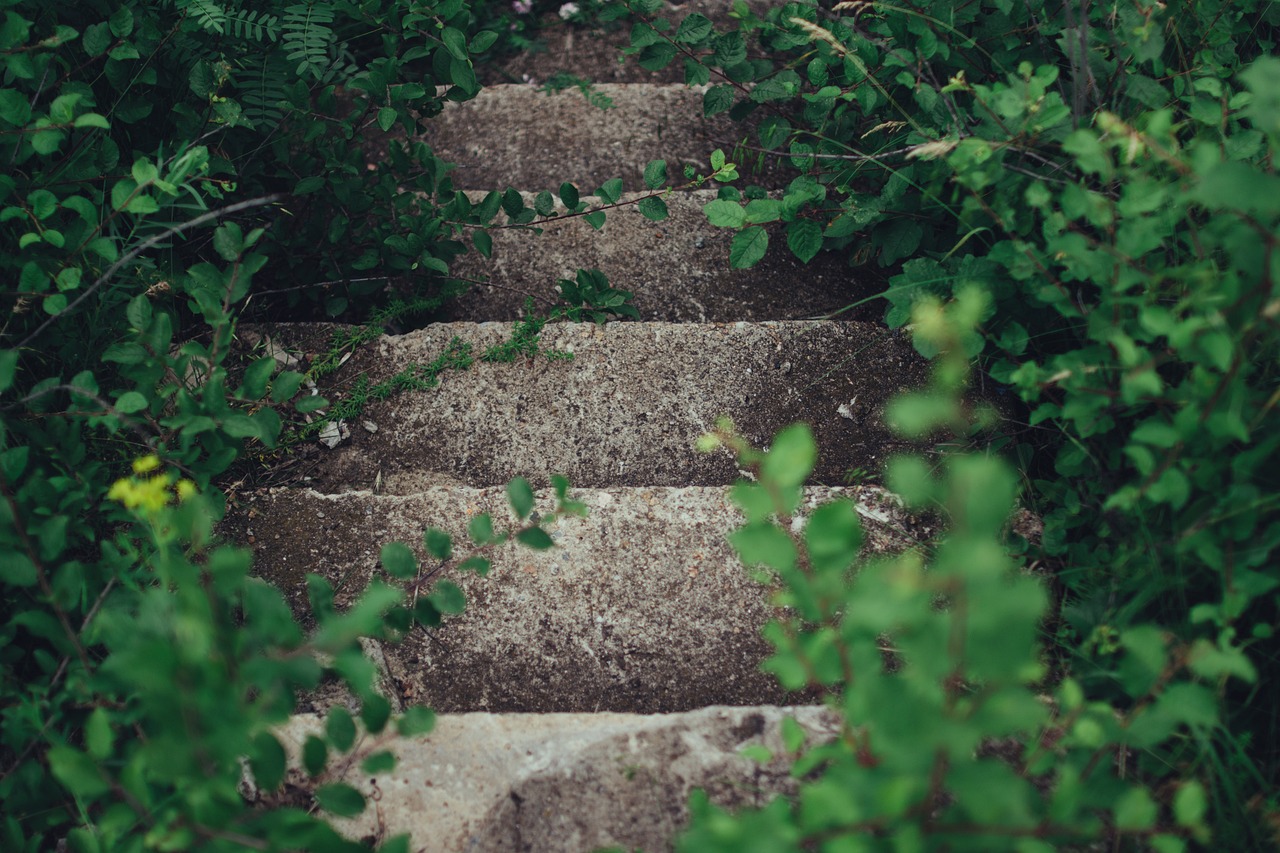Table of Contents
ToggleIntroduction:
Ecuador is a country located on the west coast of South America and is known for its rich biodiversity and natural resources. Unfortunately, it is also a significant producer and transit point for illegal drugs, particularly cocaine. The government is fighting the drug trade, which has led to large amounts of seized cocaine. However, instead of just disposing of it, Ecuador has come up with an innovative way to recycle it into sustainable concrete. This article will discuss Ecuador’s efforts to turn seized cocaine into sustainable concrete, its benefits, and the impact it can have on the environment.
Ecuador’s Innovative Solution:
Ecuador has come up with a groundbreaking solution for recycling seized cocaine. They mix it with cement, sand, and water to make concrete. The concrete produced is much stronger and has greater durability than conventional concrete. The seized cocaine contains a chemical called benzoylmethylecgonine (BME), which is similar to a compound in cement that helps it harden. Mixing these two compounds together creates a more robust, longer-lasting concrete. This innovation is a win-win for Ecuador as it not only solves a drug problem but also addresses an environmental issue.
Benefits of Seized Cocaine to Sustainable Concrete:
The use of seized cocaine in sustainable concrete has many benefits, including:
Cost-Effective: The use of seized cocaine in sustainable concrete is cost-effective as it reduces the need for additional raw materials. The production of traditional cement requires large amounts of energy and raw materials, which can be expensive.
Environmental Benefits: The use of seized cocaine in sustainable concrete has environmental benefits as it reduces the amount of waste generated and lowers the carbon footprint. It also reduces the amount of concrete required for construction, which in turn reduces the carbon emissions associated with the production of traditional concrete.
Improved Quality: The addition of seized cocaine to sustainable concrete improves the quality of the concrete. The cocaine’s chemical compound makes the concrete stronger and more durable, which means that it lasts longer, reducing the need for maintenance and repair.
Impact on Sustainability:
The recycling of seized cocaine into sustainable concrete has a positive impact on sustainability in several ways. Firstly, the use of sustainable concrete reduces the carbon footprint of construction projects. Secondly, it reduces the need for raw materials and energy, which in turn reduces the environmental impact of production. Thirdly, it reduces waste generation, making it a more sustainable solution than traditional concrete.
Conclusion:
In conclusion, Ecuador’s innovative solution to recycle seized cocaine into sustainable concrete is an impressive step towards sustainability. The benefits of using seized cocaine in sustainable concrete are significant, and the impact it can have on the environment is enormous. This innovation is not only cost-effective, but it also reduces waste, lowers the carbon footprint, and improves the quality of construction projects. It is a shining example of how creativity and innovation can be used to address environmental issues while also tackling social problems like drug abuse.







